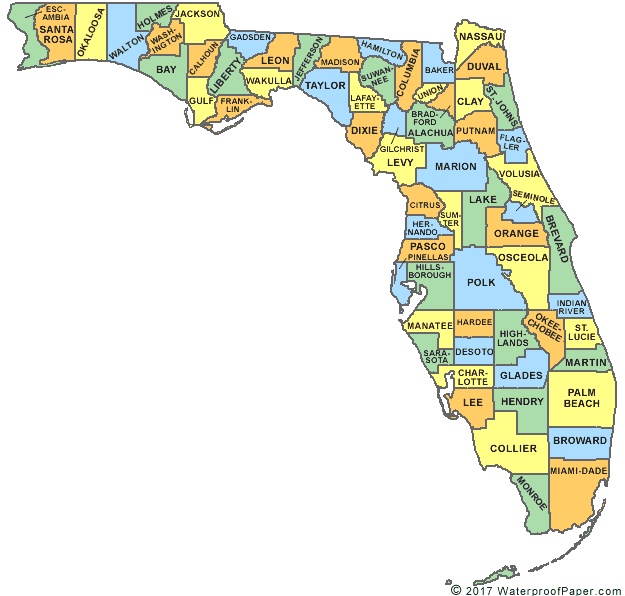David Isom, Jr., a 19-year-old African American civil rights activist born in 1939, broke the color line at a segregated pool in the city of St. Petersburg, Florida, in 1958. At the time, African Americans were in Tampa-St. Petersburg area was relegated to swimming in Tampa Bay’s South Mole Beach (now called Demens’ Landing) while whites used the Spa Beach and Swimming Pool. The two areas were physically separated by a fishing pier extending into Tampa Bay.
In April 1957, St. Petersburg theoretically opened its segregated public swimming facilities to African American residents only after six Black community members had filed a lawsuit claiming discriminatory practices. Two months later, in 1957, Isom, at 18, graduated from the segregated Jonathan Clarkson Gibbs High School in St. Petersburg. He later became the president of the National Association of Colored People Association (NAACP) Youth Council and, despite his young age, was instrumental in influencing St. Petersburg to hire more African American municipal employees.
On June 7, 1958, eight African American teenagers and college students, including Isom, tested the city’s new desegregation policy. They purchased tickets to enter Windom Beach in St. Petersburg, Florida. They were aware that their parents were paying taxes on this and other public facilities they were not allowed to use.
As the teenagers entered, hundreds of the whites vacated the swimming area. The next day, Isom purchased a ticket to swim in the ‘whites only’ Spa Beach and Swimming Pool. When Isom entered the pool, 45 white people were already present. They quickly vacated the pool as Isom remained there alone for one hour, boldly stating, ‘It’s not a privilege to use the pool, but a right.’
After Isom’s swim, pool manager John Gough immediately closed the facility. The pool was drained and refilled with clean water and undiluted chlorine in an act designed to remove all traces of an earlier Black presence in the water. Later that week, the St. Petersburg city council voted to indefinitely close the pool to prevent Blacks and whites from using the same facility.
Initially, the City of St. Petersburg filed a lawsuit with the United States District Court in what would become the City of St. Petersburg v. Alsup case. The city claimed that desegregation of the Spa, Beach, and Swimming Pool would result in the city losing crucial revenue. Ironically, the city soon dropped its case when it realized that the unfavorable publicity surrounding the incident caused Northern tourists to avoid St. Petersburg. City leaders quietly reopened the pool in September when students returned to school. On January 6, 1959, the Spa Beach and Swimming Pool was officially opened as a desegregated municipal facility, marking a significant, if little noted, victory for the civil rights movement in Florida.
David Isom continued his civil rights activities. In 1961, he led the first lunch counter sit-in demonstrations at St. Petersburg department stores.
Unfortunately, there is little additional information available about David Isom, Jr., except that he had four sisters and was mysteriously shot to death in 1970 in Deerfield Beach, Florida, at the age of 31.
Do you find this information helpful? A small donation would help us keep this available to all. Forego a bottle of soda and donate its cost to us for the information you just learned, and feel good about helping to make it available to everyone.
BlackPast.org is a 501(c)(3) non-profit and our EIN is 26-1625373. Your donation is fully tax-deductible.
Kayla Faublas, “Hidden History: David Isom,” https://amityvilleecho.com/1765/features/hidden-history-david-isom/;
Peyton L. Jones, “Struggle In The Sunshine City: The Movement For Racial Equality,” https://digitalcommons.usf.edu/cgi/viewcontent.cgi?article=2671&context=etd#:~:text=In%20November%201955%2C%20shortly%20after,violation%20of%20their%20constitutional%20rights;
“St. Petersburg, Florida, Orders Public Pool Closed After Black Man Swims in It, “https://calendar.eji.org/racial-injustice/jun/8.

